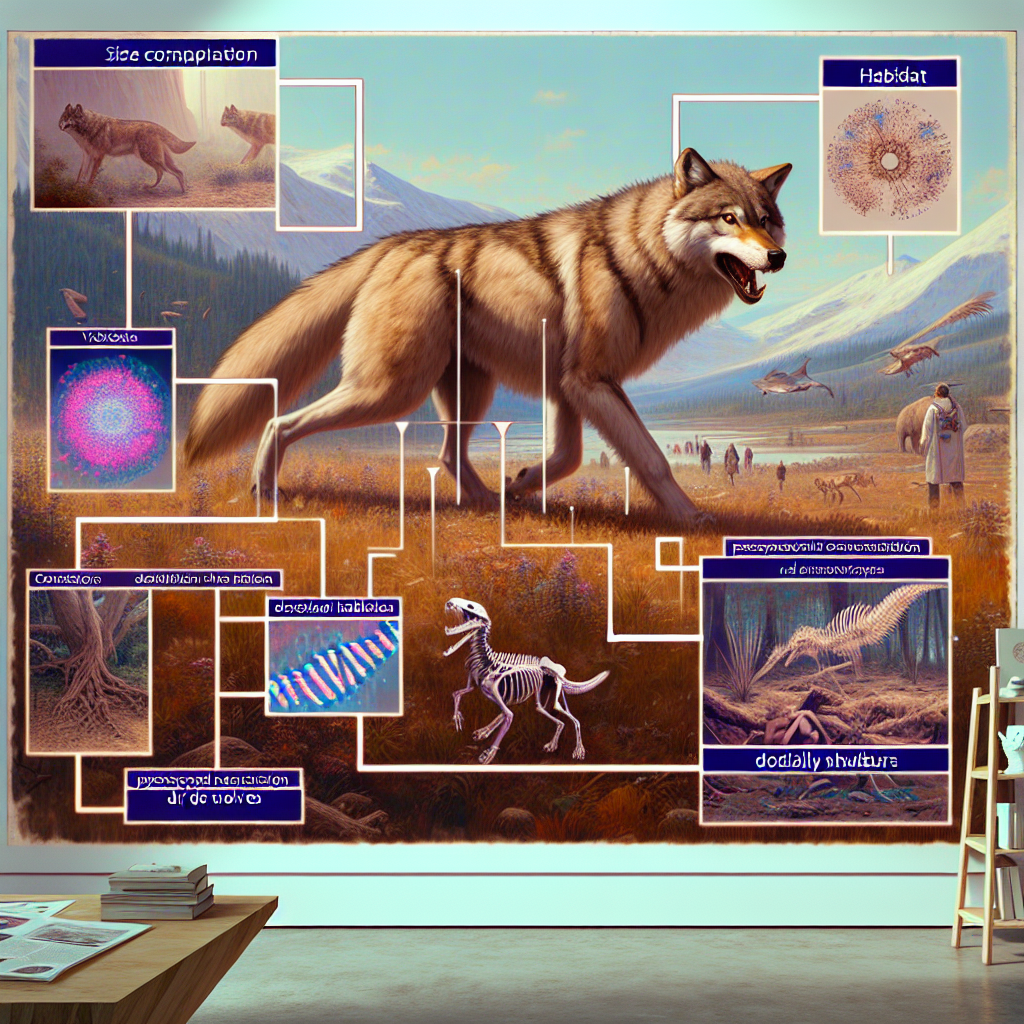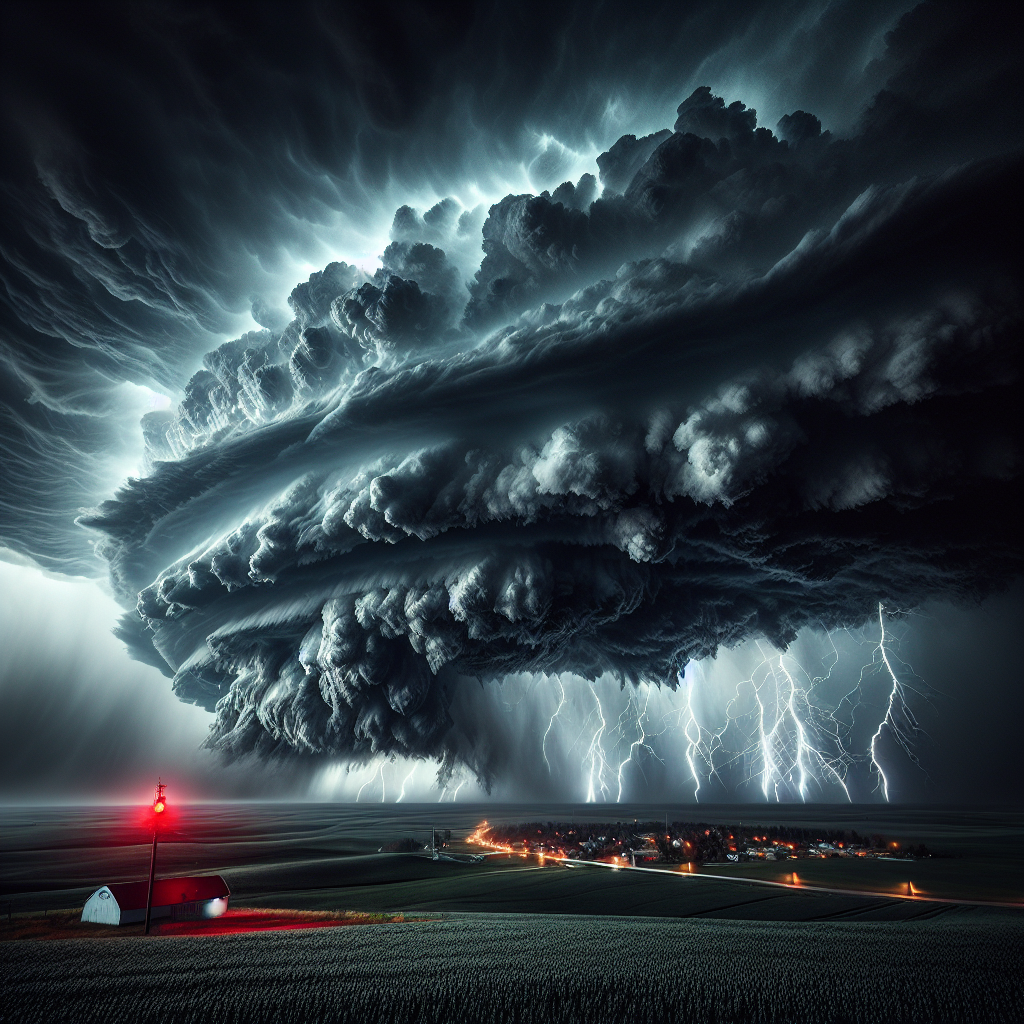The Fascinating World of Dire Wolves: A 2023 Exploration for Enthusiasts
In 2023, the mysterious and majestic dire wolves continue to capture the imagination of enthusiasts around the globe. From recent scientific breakthroughs to their cultural legacy, these prehistoric creatures offer a wealth of intrigue and fascination. Join us as we delve into the captivating world of dire wolves, exploring their past, present, and potential future.
The History and Legacy of Dire Wolves
Origins and Extinction
- Dire wolves, scientifically known as Canis dirus, roamed North America during the late Pleistocene era.
- They became extinct approximately 10,000 years ago, likely due to climate change and competition with other predators.
- Fossil evidence suggests they were larger and heavier than modern wolves.
The Dire Wolf’s Role in Ecosystems
- As apex predators, dire wolves played a crucial role in maintaining the balance of their ecosystems.
- They primarily hunted large herbivores like bison and mastodons.
- Their extinction may have contributed to significant changes in the ecosystems they once inhabited.
Modern Research and Discoveries
Genetic Studies
- Recent DNA analysis has provided new insights into the genetic makeup of dire wolves.
- Researchers discovered that dire wolves were genetically distinct from modern gray wolves.
- This research is reshaping our understanding of the evolutionary history of canids.
Colossal Biosciences and Ben Lamm
- Colossal Biosciences, led by entrepreneur Ben Lamm, is at the forefront of de-extinction research.
- The company aims to use advanced genetic engineering to bring back extinct species, including the dire wolf.
- While controversial, these efforts could revolutionize our approach to conservation and biodiversity.
Dire Wolves in Popular Culture
Game of Thrones and Beyond
- The direwolf gained immense popularity through its portrayal in the hit TV series “Game of Thrones.”
- These fictional direwolves, named after the legendary founders Romulus and Remus, became fan favorites.
- Their portrayal has sparked renewed interest in the real-life counterparts of these mythical creatures.
Symbolism and Mythology
- In various cultures, wolves symbolize strength, loyalty, and wilderness.
- Dire wolves, with their larger-than-life image, often embody these traits in folklore and mythology.
- Their enduring legacy continues to inspire stories and legends across the world.
Future Prospects for Dire Wolves
Conservation and Rewilding
- The potential reintroduction of dire wolves raises questions about conservation and ecosystem restoration.
- Rewilding efforts could benefit from the presence of apex predators like the dire wolf.
- However, ethical and ecological considerations must be addressed before any de-extinction efforts proceed.
Continued Research and Technological Advances
- Ongoing research into ancient DNA and genetic engineering holds promise for future discoveries.
- Technological advancements may unlock new possibilities for studying extinct species.
- Public interest and support will play a crucial role in the direction of these scientific endeavors.
Frequently Asked Questions
What made dire wolves different from modern wolves?
Dire wolves were larger and heavier than modern wolves, with distinct genetic differences as revealed by recent DNA studies.
Can dire wolves really be brought back to life?
While the concept is still theoretical, companies like Colossal Biosciences are exploring the possibility of de-extinction through genetic engineering.
Why are dire wolves so popular in pop culture?
Their portrayal in “Game of Thrones” as powerful and loyal companions captured the imagination of audiences worldwide.
What role did dire wolves play in their ecosystems?
As apex predators, dire wolves helped control herbivore populations, maintaining ecological balance.
Conclusion: The Enduring Legacy of Dire Wolves
The allure of dire wolves continues to captivate our imagination, driving both scientific inquiry and cultural fascination. As we advance into the future, the potential revival of these magnificent creatures presents exciting opportunities and challenges. Whether through research, conservation, or storytelling, the legacy of the dire wolf endures. What are your thoughts on the possible return of dire wolves? Share your comments below and stay tuned for more exciting updates in the world of prehistoric wonders!
🔍 For further reading, check out National Geographic for insights into the natural world and Scientific American for the latest in scientific research.
✅ Enjoyed this article? Don’t miss our next post on the potential rewilding of other extinct species. Subscribe now!



